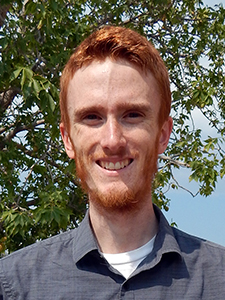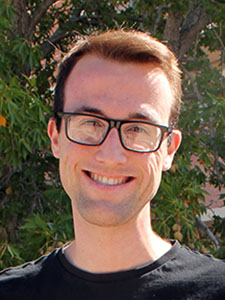The department recognized 2020 Outstanding Alums Bob Rauber and Julie Demuth in a virtual ceremony Dec. 10.
“2020 has been for all of us a really challenging year, so it’s especially nice when we have opportunities like today to celebrate good things, like the accomplishments of our outstanding alumni, and we have two great examples today,” Department Head Jeff Collett kicked off the ceremony. “Sometimes universities give these awards to big donors. We really like to focus on the outstanding accomplishments in science, community-building and outreach of our alumni.”
Bob’s and Julie’s nominators shared reasons for their selection, before the Outstanding Alums each gave a brief presentation on their research and experiences at CSU.
Julie, a scientist at NCAR, was nominated by Andrea and Russ Schumacher, who both have worked on research with her. The Schumachers commented on the significance of Julie’s work.
“As a field, as we continue to appreciate the importance of communicating our science and figuring out how people understand it, Julie’s work is really at the forefront of that area and continues to push things forward as far as not just doing good science, but making sure that it is relevant and useful,” Russ said.
Julie has mentored some of Russ’s students, and Andrea encouraged her to continue this relationship with the department.
Julie thanked Andrea and Russ, who she said “are two scientists and people I respect so incredibly much.”
“I really am speechless and stunned about this award,” she said.
Julie gave an overview of her work on hazardous weather risk communication and examples of her research. She also shared her fondest memories from CSU, including a summer retreat at Pingree Park and her adviser, University Distinguished Professor Tom Vonder Haar, encouraging students to “sit under a tree” and think about research.
Professor Larry Di Girolamo, a colleague of Bob’s at the University of Illinois, lauded Bob’s giving and helpful nature as his greatest accomplishment.
“Bob never reacts to a situation; he always acts. He acts by giving his time to solve problems, big or small, often ones he’s not even responsible for. I believe it’s this giving nature that is Bob’s greatest accomplishment that CSU should be most proud of in recognizing Bob for this alumni award,” Larry said.
Bob said he was humbled by the award. “It’s really an honor to represent the department at CSU. Truly one of the joys of my life was spending my time at Colorado State.”
Bob, a University of Illinois professor and director of its School of Earth, Society, and Environment, honored his adviser, the late Professor Emeritus Lew Grant, and his “spiritual adviser,” Professor Emeritus Bill Cotton. He talked about doing his master’s and Ph.D. work in Steamboat Springs and the record he holds as the first grad student at CSU to type his thesis on a word processor. His typing partner later became his wife.
“The thing I took from Colorado State University that is the true gem in my life is Ruta,” he said of his wife.
Bob characterized CSU as the roots of his career, leading to 21 field campaigns and 35 years of field research.
“The opportunities I’ve had go back to the opportunities I was given at Colorado State,” he said.
You can read more about Bob’s and Julie’s careers and thoughts they shared with the department here.







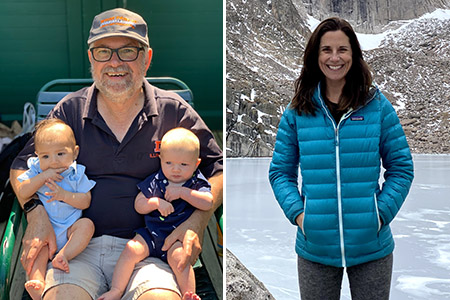






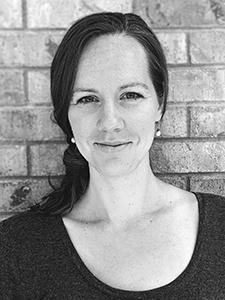




















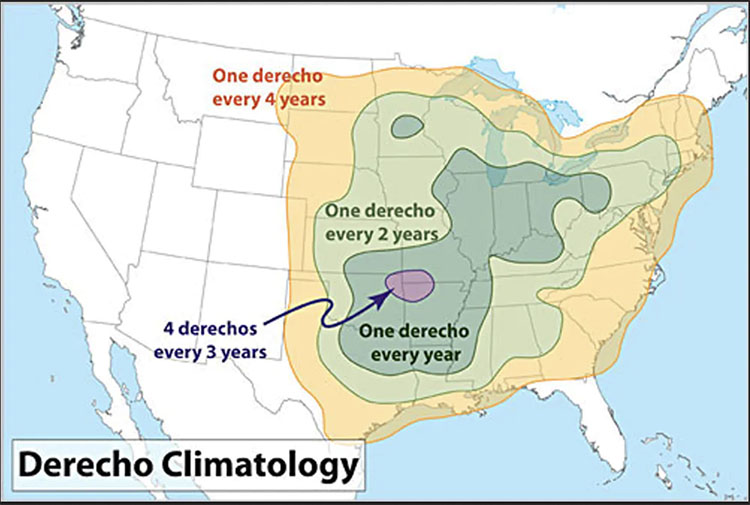







 ), but the most important things I have learned at CSU are the importance of thorough research and that collaboration in research is essential because no one knows everything.”
), but the most important things I have learned at CSU are the importance of thorough research and that collaboration in research is essential because no one knows everything.”






